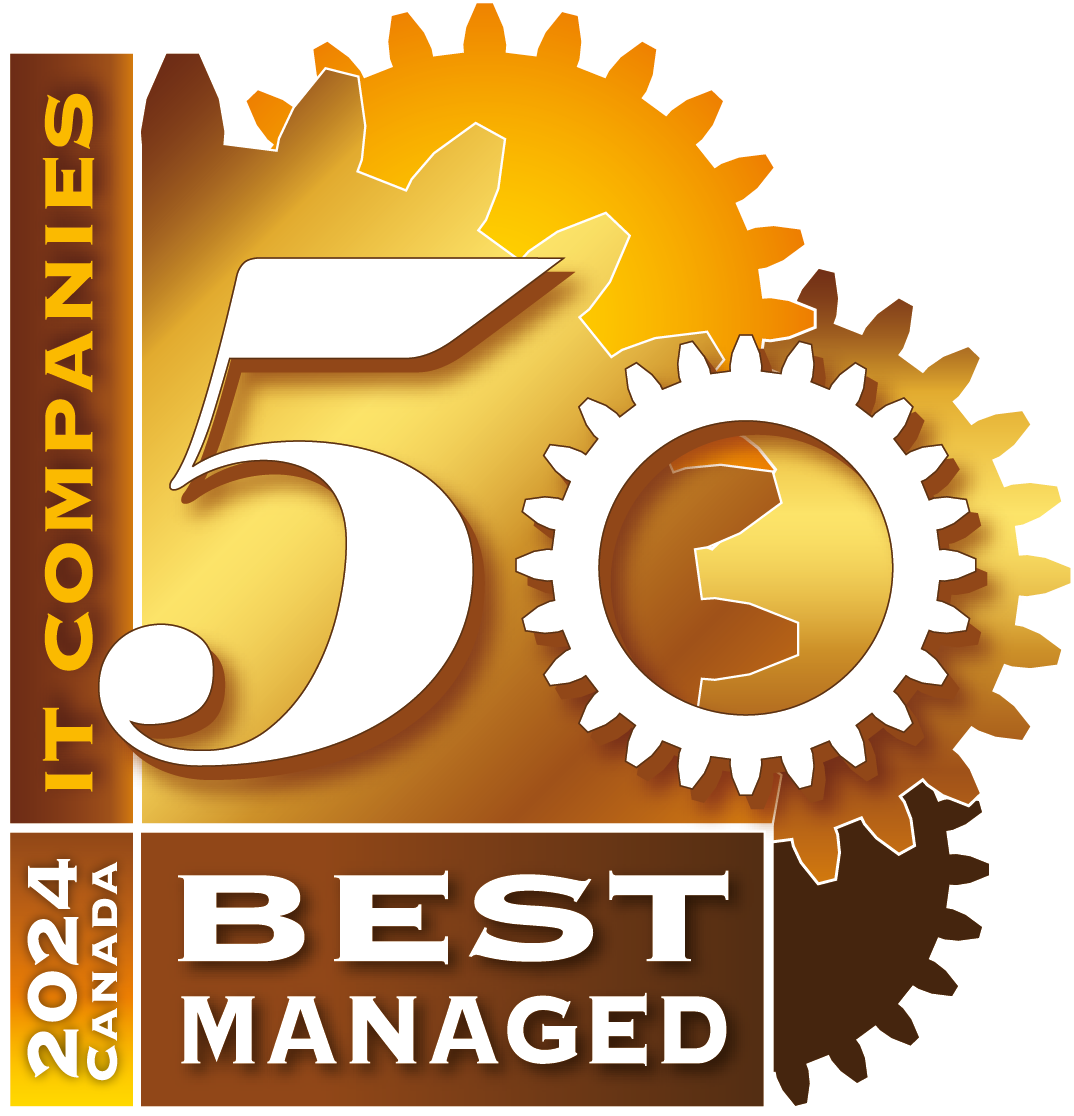Most technology leaders want to work more strategically – they want IT to be an active growth contributor, transform the business – but few can escape the cycle of day-to-day issues and short-term goals. To bring your strategic vision to fruition you need an IT roadmap.
There are several types of IT roadmaps, including for:
- Internal IT systems
- Enterprise architecture
- Software development
- Infrastructure
Your organization may have utilized each type of roadmap listed above when expanding or overhauling its operations. Our priority today is to roadmap IT technology changes, one that allows you to refocus your priorities and align them with broader organizational goals.
What Is an IT Roadmap?

Successful organizations attain their success largely because they follow best business practices, are proactively seeking new ways to streamline their operations, and are open to adopting new technologies to increase their competitiveness.
One way to help ensure success when adopting new technology is to build an IT strategy roadmap, which will help mitigate risk when exploring long-range strategic goals.
An IT roadmap is a series of documents that outline your company’s strategy to maintain, align, and update technologies. It lets you focus on the next steps of IT growth, allowing you to visualize change and innovation.
IT roadmaps can also help organizations weather unforeseen challenges. For example, a strategy roadmap might include a shift towards cloud-based data for its increased security and protection from natural disasters.
| Don’t Underestimate the Power of Buy-in
Find out how we help CIOs and tech leaders turn pushback into push-forward and get stakeholders to support your plan. |
Conceiving an IT Strategy Roadmap
A properly conceived product roadmap provides the following benefits:
- Helps the team arrive at a consensus regarding the company requirements and the technologies required to satisfy them.
- Provides a structure from which technology solution costs and benefits can be examined.
- Provides a framework from which internal teams can prepare a cross-functional architecture roadmap to implement the technology.
A roadmap may include current or next-generation or emerging technology expected to be released within the timeframe of planned adoption. Beware, however, the further out the technology forecasting is, the higher the risk of it not delivering on expectations.
How to Build an IT Roadmap
There are many ways to create an IT roadmap template: you can speak to an IT consultant, find one from a paid service, or create a systems roadmap yourself.
Most templates use colour-coding to assist in differentiating the steps and milestones. No matter your choice, we’ve outlined some steps below that will help you understand how a good roadmap communicates your release plans.
1. Clarify High-Level Goals. Invite your team to map out both long- and short-term planned goals related to technology implementation. That way, new team members get a detailed overview of how technology helps keep the business running and how those systems can upscale as the business evolves.
2. Study New System Capabilities. Opportunities exist for greater efficiency, security, and automation that you can access by implementing new systems and platforms. What scalability or enhancements will be on offer, that can evolve the business?
3. Update Your Release Plans, and make them available beyond your immediate team. These usually are predictable and scheduled months in advance.
4. Document Important Milestones, so you’ll have performance metrics as the project goes through its phases. These dates help everyone understand long-term goals and let you gauge the success post-implementation.
5. Keep Track of Available Resources, including people and budget. Older technologies will likely stay in place while the new systems ramp up, temporarily requiring additional resources. A systems roadmap can show each team member’s role and what is required of them to move forward.
6. Identify Any Training Needs for internal teams or new hires to get up to speed on new software. Product managers will need to budget time for this ramping-up period before the new systems can begin reaping the expected benefits.
7. Identify Risk Factors, including potential disruptions, outages, limitations, or other specific challenges that accompany the new technology.
8. Keep Stakeholders Informed. The team and other relevant departments impacted by the changes must be updated with status reports. That way, everyone is in the loop, and they can report their concerns to project management.
| This Should Be Part of Your IT Plan: |
Time to Start: First Steps in Creating a Roadmap for Your IT
Regardless of whether you prefer creating a technology roadmap in-house or using a template, developing a roadmap requires careful planning and a clear understanding of benefits and risks. Using an example IT roadmap will help create a good starting point for your team.
Just like your business evolves, so will your technology roadmap templates. Priorities change, new developments within the technology sector occur, or your resources increase or decrease. These and other factors will inevitably nudge your IT roadmap examples in one direction or another.
Keeping your IT roadmaps up-to-date will help every team member reach their milestones. They are ideal vehicles for planning and avoiding putting out fires.
Identify Goals and Plan Ahead
At Fusion Computing, we help organizations like yours align IT with broader business goals. Our IT consultants will help you identify technologies, build process frameworks, and put the plan into action. Need help building buy-in with management? We’ll help you do just that too.
Discuss your needs with a professional IT team with over 20 years of experience.



